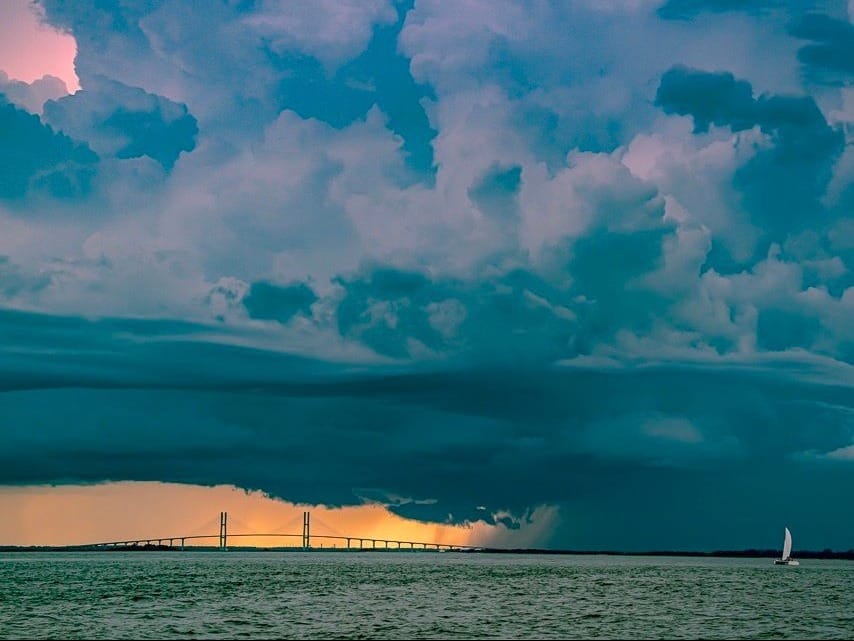WASHINGTON (AN) — Now here's a climate change twist: America's weather agency — forecasting a seventh straight abnormally busy Atlantic hurricane season — finds less air pollution can bring more hurricanes.
Above-average hurricane activity is expected this year, which would make it the seventh consecutive above-average hurricane season, according to forecasters on Tuesday at the U.S. National Oceanic and Atmospheric Administration’s Climate Prediction Center, a division of the National Weather Service.









